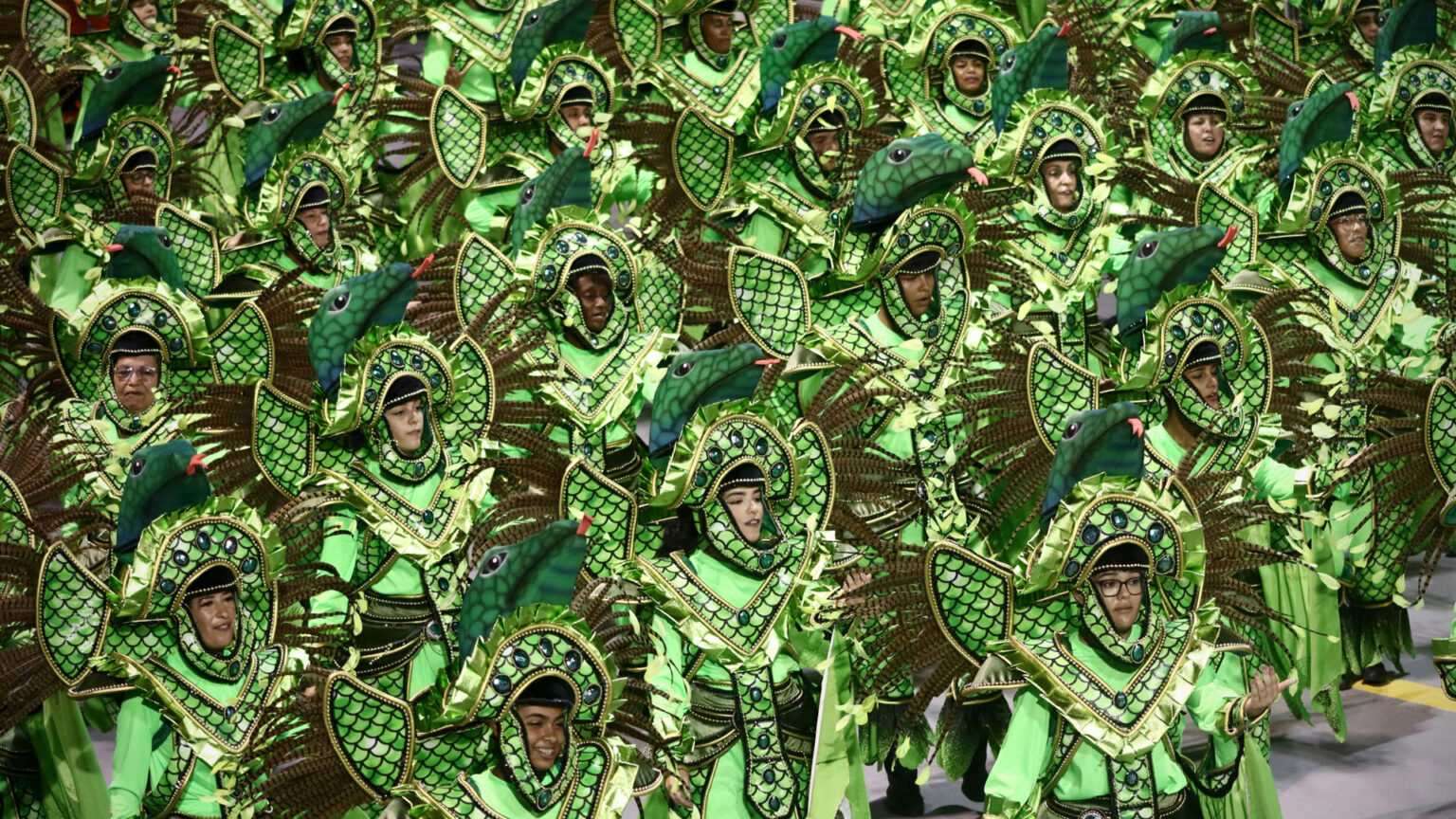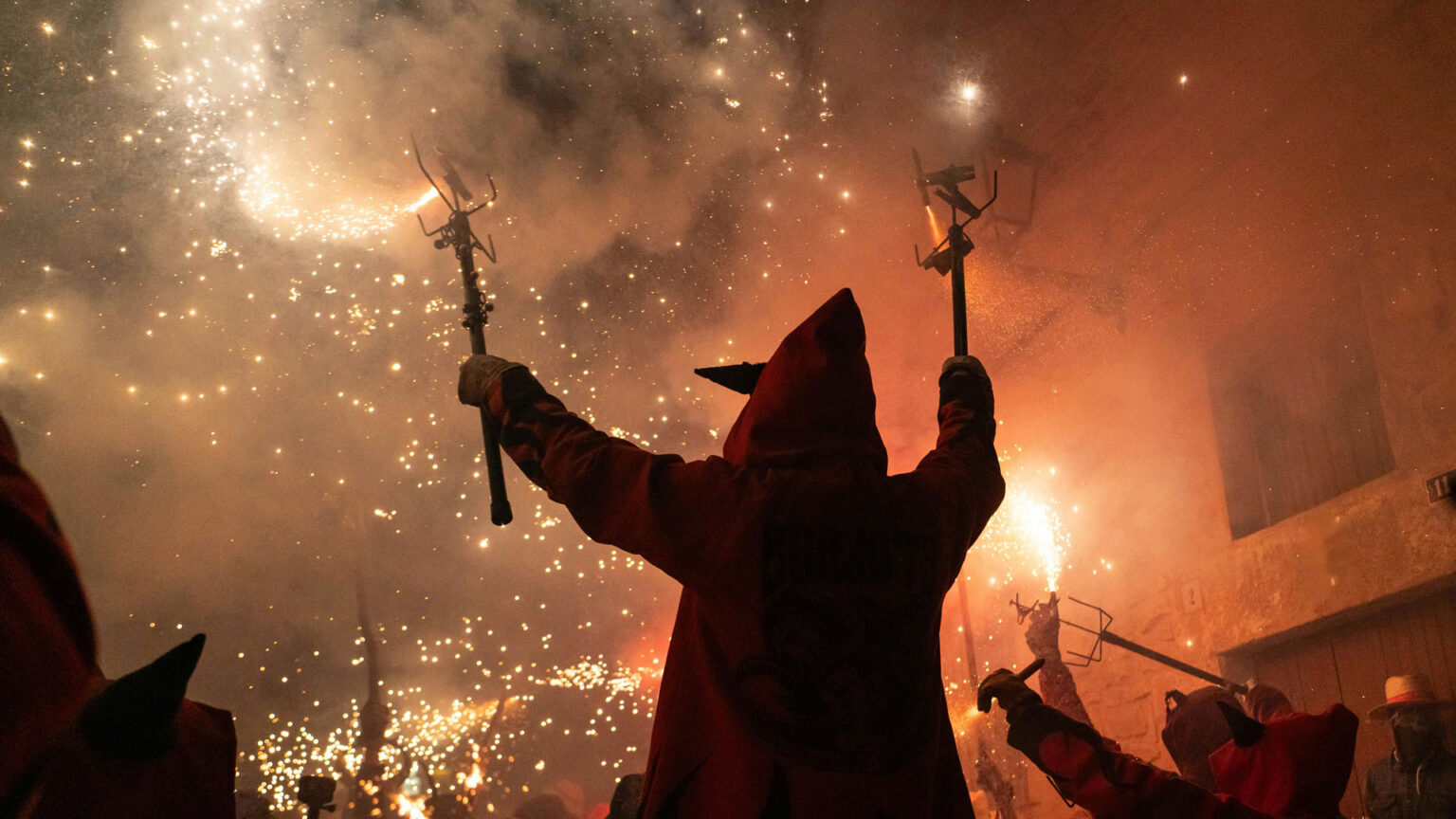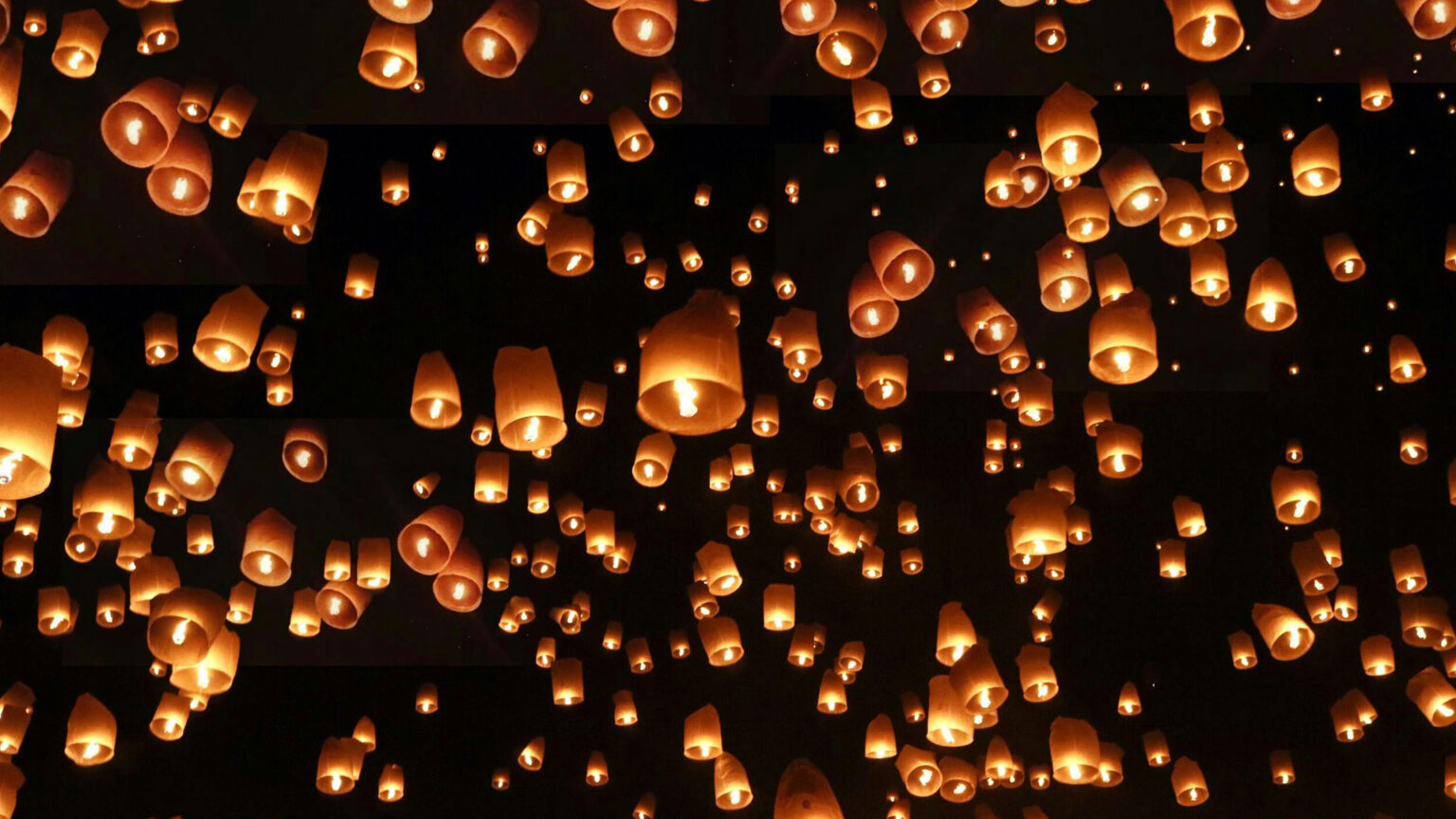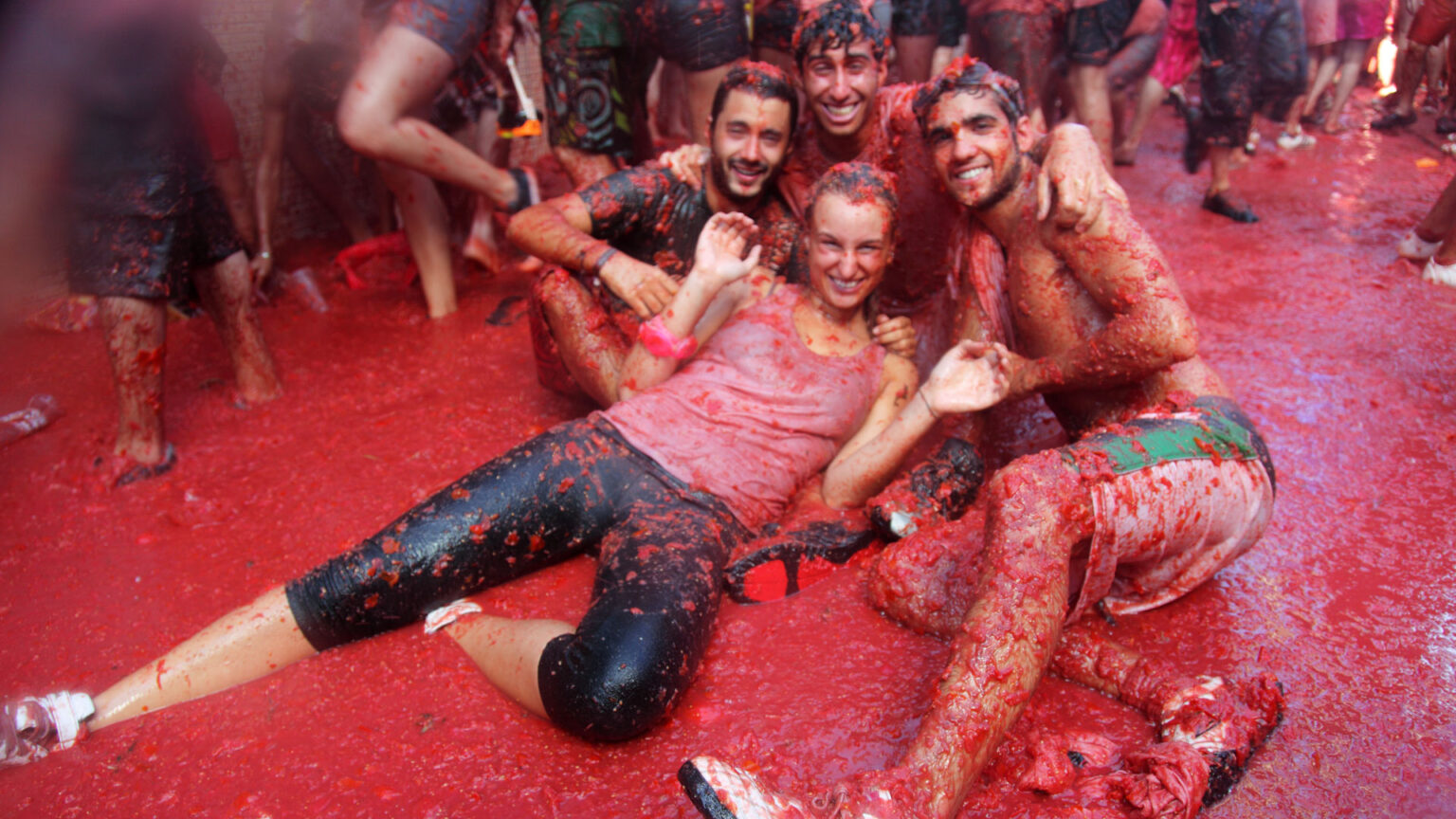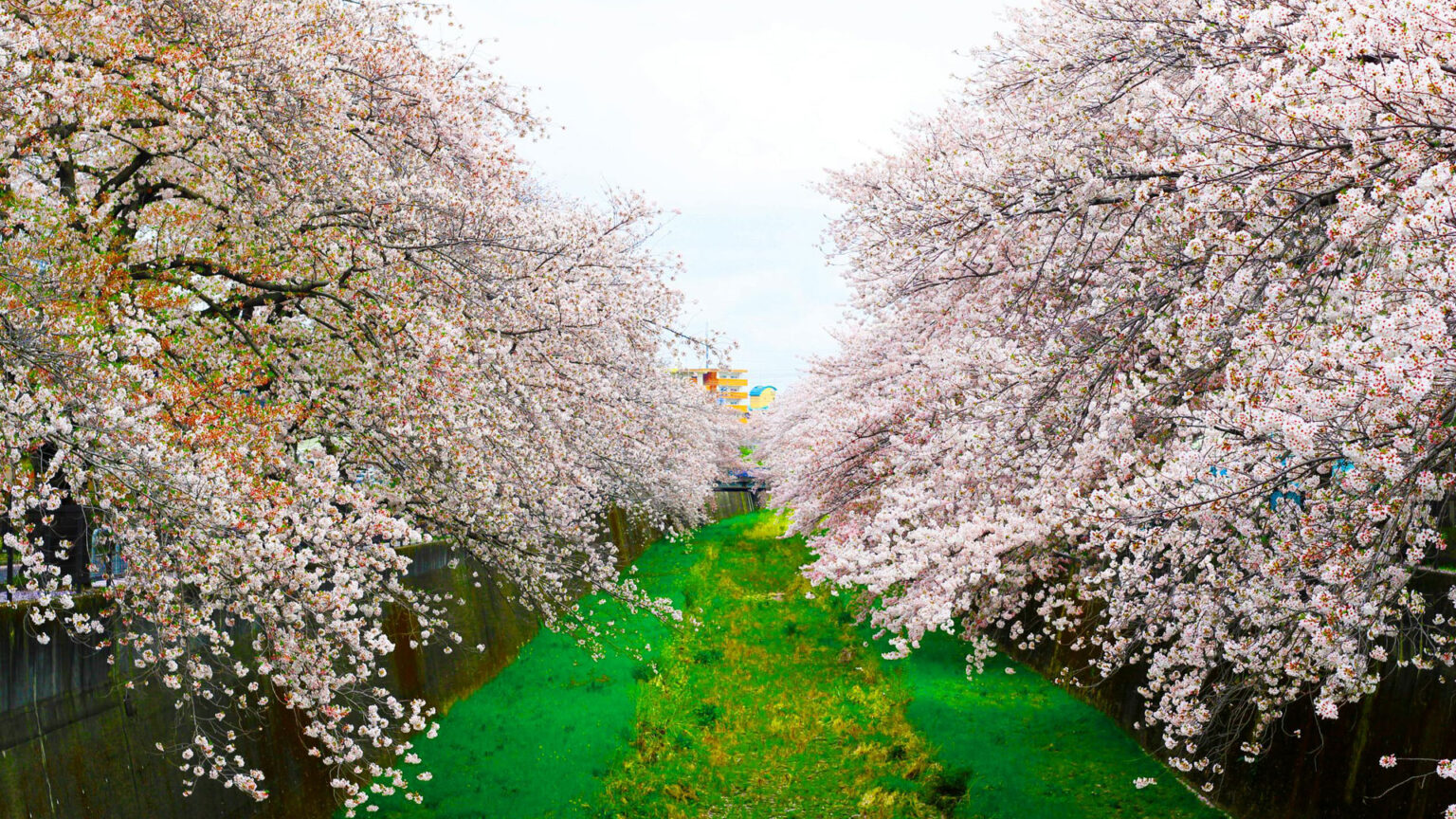Carnival Rio Parade
The Carnival Rio Parade is one of the largest and most spectacular festivals in the world. Held annually in Rio de Janeiro, Brazil, this exuberant event represents a convergence of culture, history, and tradition. What started as a religious festival celebrating the beginning of Lent has evolved into a global phenomenon that captivates millions of people from all over the world. It is a time when the streets of Rio come alive with energy, music, and color, offering a sensory experience like no other. The Carnival Rio Parade isn’t just an event; it’s a celebration of the Brazilian spirit, a unique blend of African, European, and indigenous influences that is both deeply rooted in tradition and constantly evolving. Samba, the rhythm of Brazil, flows through every beat of the parade, and the energy it creates is contagious, inspiring everyone in its path to dance, sing, and revel in the moment. Whether you are part of the parade or watching from the sidelines, the Carnival Rio Parade offers an immersive experience that stays with you long after the event is over.
The parade, held during the lead-up to Lent in February or March, takes place at the Sambadrome, a purpose-built stadium designed specifically for this event. It is the heart of the carnival celebrations in Rio, and the vast crowds that gather to watch the performances represent a microcosm of the global community. People from every corner of the world flock to Rio de Janeiro to witness the grand spectacle, immersing themselves in the colors, sounds, and vibrancy that make the Carnival Rio Parade so unique. For those fortunate enough to experience it firsthand, the event is an unforgettable moment of collective joy and celebration. It’s a time when the city’s people, dressed in their finest costumes, showcase their cultural pride and creativity, all while paying tribute to the history of their nation. The Carnival Rio Parade encapsulates everything that makes Rio de Janeiro such a vibrant and dynamic city.
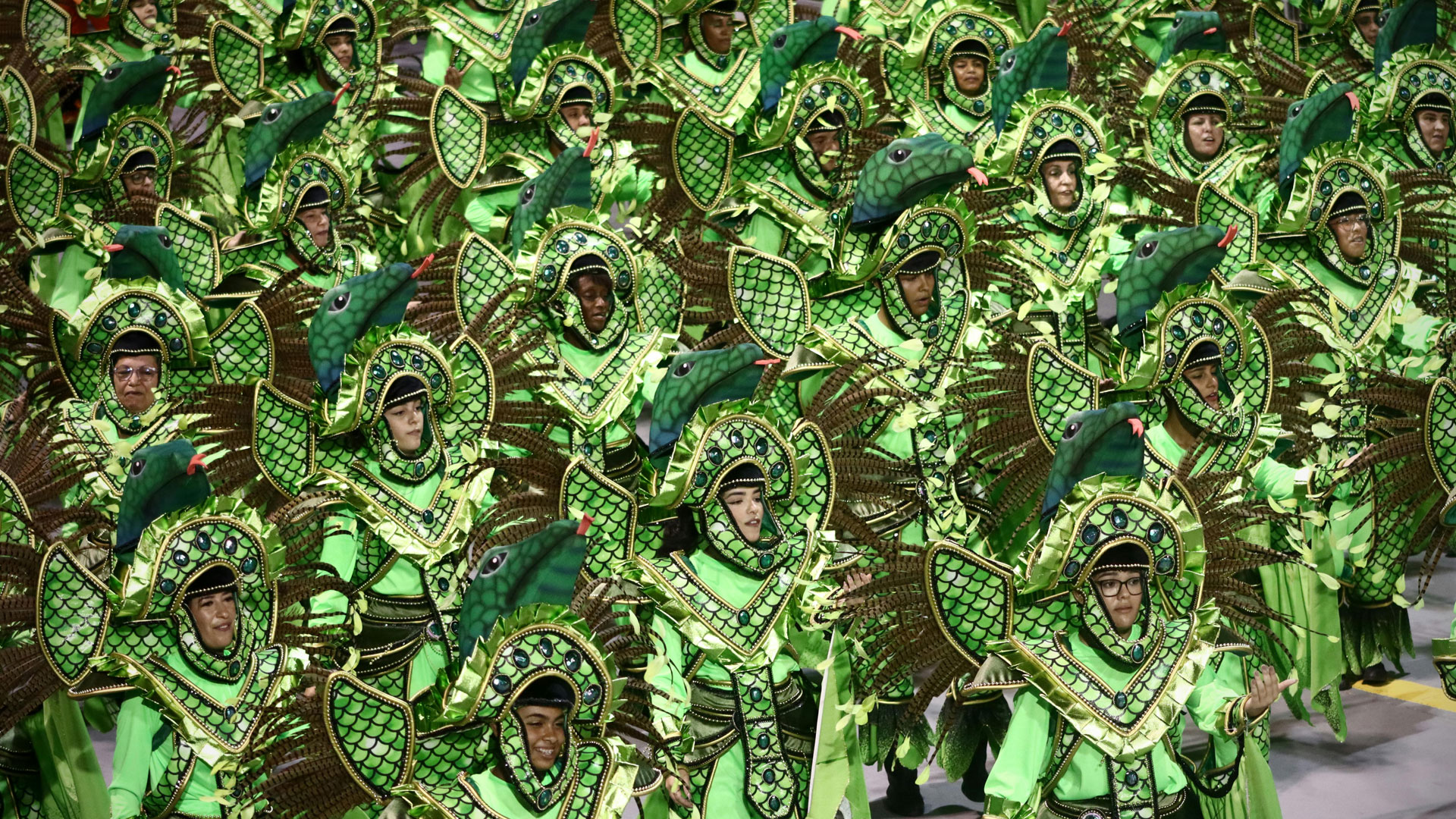
History and Cultural Significance of the Carnival Rio Parade:
The history of the Carnival Rio Parade is as rich and colorful as the event itself. Its roots date back to the early days of Brazilian colonization, when Portuguese settlers brought with them their European customs and traditions, including the pre-Lenten Carnival. Initially, these celebrations were primarily for the elite of Brazilian society. Over time, however, they evolved as a more inclusive event, eventually merging with African and indigenous cultural traditions, especially through the influence of African slaves who brought their music, dances, and rhythms to Brazil. It was this fusion of African, European, and indigenous cultural practices that laid the foundation for what would become the modern Carnival Rio Parade.
Throughout the 19th century, the Carnival in Rio began to take on more of a popular character, with street parties, masquerades, and parades becoming increasingly common. The Carnival Rio Parade as we know it today began to emerge in the early 20th century, with the formation of samba schools in Rio’s favelas. These schools played a central role in shaping the event, elevating samba music and dance to the heart of the celebration. The samba schools were originally founded as cultural institutions for working-class Brazilians, offering a space to learn music and dance while preserving African-Brazilian traditions. Today, these schools are the core of the Carnival Rio Parade, and they work for months to perfect their performances, costumes, and floats, all while creating a sense of community and shared identity.
The Carnival Rio Parade is a cultural and artistic expression of the Brazilian people. Every year, the samba schools present elaborate performances that are steeped in symbolism, folklore, and social commentary. While it remains a festive celebration, the parade also serves as a platform for exploring themes such as political issues, historical events, and the experiences of marginalized groups in Brazil. The Carnival Rio Parade is not just a reflection of Brazil’s past; it is an ongoing dialogue between its history, culture, and the contemporary world. Each samba school’s performance is a vivid portrayal of Brazilian life, bringing both history and imagination to life in ways that resonate deeply with the people of Rio and beyond.
The Excitement of the Parade:
The Carnival Rio Parade is a spectacle like no other. It’s not just about the samba music and vibrant costumes, but also the electric atmosphere that fills the air. The excitement starts the moment you step into the Sambadrome, as the sounds of samba music pulse through the venue and the colorful costumes shimmer under the lights. The parade features multiple samba schools, each one competing to tell its own story through music, dance, and design. For participants, it’s the culmination of months of hard work and preparation. For spectators, it’s a once-in-a-lifetime experience, where you can immerse yourself in the spirit of the carnival.
What makes the Carnival Rio Parade so exciting is the sheer energy of the event. From the moment the first samba school steps onto the parade route, the atmosphere is electric. The crowds are filled with anticipation as they await each school’s performance, knowing that they are about to witness something extraordinary. The performers move with incredible precision, their synchronized steps and energetic dance routines adding to the sense of excitement. The samba schools put everything into their performances, with each member contributing to the overall spectacle. The intensity builds as the parade progresses, and you can feel the adrenaline rush in the air as the music and dance sweep through the Sambadrome. The excitement of the Carnival Rio Parade is contagious, and it’s easy to get swept up in the rhythm and joy of the occasion.
For many, the most exciting part of the parade is the competition between the samba schools. Each school is judged on its performance, which includes criteria such as the quality of the music, the intricacy of the choreography, the creativity of the costumes, and the overall presentation. This adds an element of suspense to the event, as fans cheer for their favorite schools and anxiously await the results. The pressure to perform is immense, and every samba school is determined to leave a lasting impression on the judges and the audience. The competition creates a palpable sense of excitement that drives the entire event, with each performance building on the last to create an unforgettable experience.

Samba: The Heartbeat of the Carnival Rio Parade:
At the heart of the Carnival Rio Parade is samba, a music and dance style that has become synonymous with Brazilian culture. Samba originated from the African rhythms brought to Brazil by enslaved people in the 19th century and evolved over time into the lively, fast-paced dance form that is the hallmark of the carnival. Samba is not just a style of music; it’s an expression of life itself. The beat of the drums, the strum of the guitars, and the brass instruments all work together to create a rhythm that is impossible to ignore. It is a music that compels people to move, to dance, and to celebrate life in all its vibrancy.
During the Carnival Rio Parade, samba is the lifeblood of the event. Every samba school is required to showcase its unique version of samba, whether it’s through the fast-paced rhythms of traditional samba or the more modern forms that have evolved over the years. The samba schools spend months preparing for the event, carefully crafting their music, choreography, and lyrics to tell a specific story. These performances are not just about entertainment—they are about passion, creativity, and cultural pride. The rhythm of samba is infectious, and it’s easy to lose yourself in the music, whether you’re a participant or a spectator.
The dancers in the Carnival Rio Parade bring the samba music to life through their movements. Samba is a dance of passion, and the energy and enthusiasm of the dancers are palpable. The movements are intricate and precise, yet fluid and expressive. Samba dancers are known for their quick footwork, smooth hip movements, and dynamic body language. When the music plays, the dancers become an extension of the rhythm, embodying the music and bringing it to life in a way that is mesmerizing to watch. It’s the combination of music and dance that makes the Carnival Rio Parade such a powerful and emotional experience. The sound of the samba fills the Sambadrome, while the dancers’ movements create a visual feast that captivates the audience.
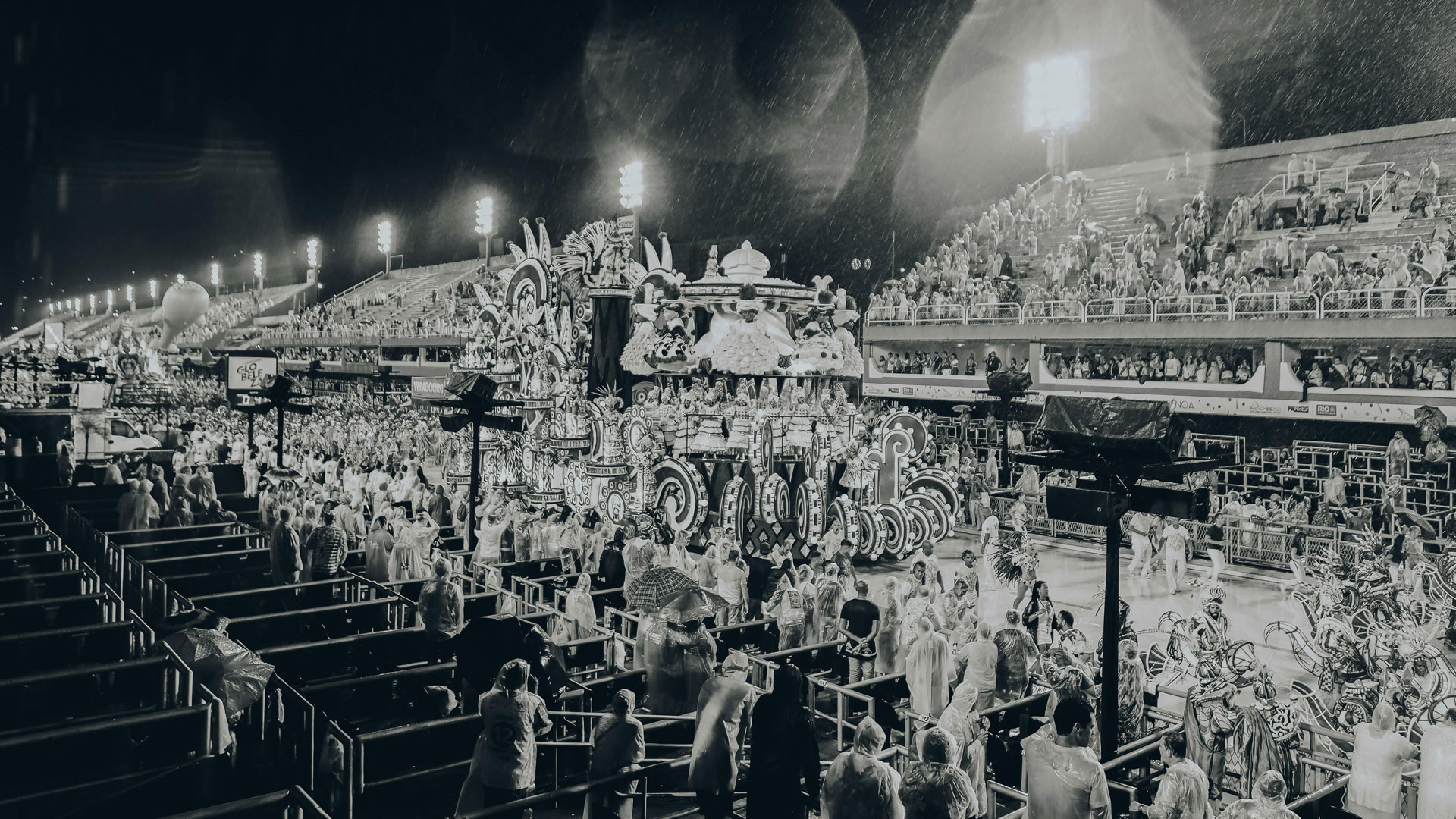
Samba Schools and the Parade Route:
The Carnival Rio Parade takes place at the Sambadrome, a massive stadium designed specifically for the event. This is where the samba schools showcase their performances, and it’s here where the magic truly happens. The Sambadrome was built in the 1980s to provide a permanent home for the carnival parade, and it has since become an iconic venue for the event. It is a vast, open-air arena with a runway where the samba schools parade, and it is surrounded by bleachers where thousands of spectators gather to watch the performances.
Each samba school takes turns parading down the runway, showcasing its elaborate costumes, floats, and dancers. The samba schools are judged on a variety of criteria, including the quality of the music, the choreography, the costumes, and the overall presentation. The competition is fierce, and each school strives to outdo the others in terms of creativity, artistic expression, and technical skill. The Carnival Rio Parade is a time when Rio de Janeiro’s neighborhoods come together to showcase their cultural pride and creativity, and the samba schools take this opportunity to demonstrate their talent and passion. The parade route itself is a central feature of the event, and it’s where the energy and excitement reach their peak as each school performs its carefully crafted routine.

